Training in the off season
It’s nearing the end of triathlon season. Used CO2 cartridges, flat tubes, empty salt packs and half-eaten gels litter the back seat of your car. Your race t-shirt inventory has grown, and you have funny looking tan lines.
You trained hard and you competed hard, and now it’s time to rest, recover and reboot.
Review your past season
Take some time to reflect on your past season. What worked and what didn’t, and why. Learn from your mistakes and your successes.
Rest and recover
Don’t fall into the trap of attempting to carry your personal record fitness through to next spring. Rest (and recovery) is an important aspect of your training program because it allows your body time to repair and strengthen itself between workouts. Even pro athletes don’t train 365 days a year.
Back off on structured training. For the first few weeks after your season is over, have fun and let your heart guide your activities. Try some new ones. The region of Mont-Tremblant is a playground; enjoy it. Once you feel totally rested, gear back up, but not with the intensity you held during your peak training period. Allow your body some down time.
Address injuries and repair your body
Take the time to focus on aches, pains and injuries, and address them to ensure you start your 2019 season healthy and injury free.
Strength train
While your swim, bike and run intensities will decrease during your off season, building strength during the off season will make you a more efficient triathlete. An endurance athlete is only as strong as his or her core – the stronger your core, the more efficient your swim, bike and run. A strong body will get you moving faster in all three disciplines, and it will require less effort for you to do so.
Plan your next season
Set your goals for your next season and structure your off-season training to achieve those goals. There is no ‘one-size-fits-all’ training plan. What you do in the off season should reflect your goals for next year.
The old adage “no pain, no gain” is the enemy of endurance athletes. While pushing limits is important to long-term success, it is also important to enjoy your chosen sport, so that your love for it will last a lifetime. Use your off season to rekindle that passion, so that your fire will burn even brighter next season.
By the same author: Sitting is the new smoking…and it’s time to quit (Click the image below)
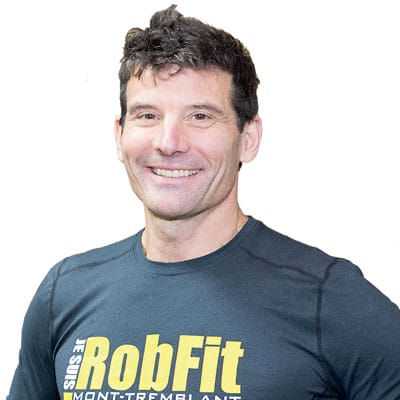
Robert Roy118 Posts
Kinésiologue reconnu, Robert Roy utilise l’exercice à des fins de prévention, de réhabilitation et de développement athlétique. Il cumule plus de 30 ans d’expérience auprès d’athlètes de tous les niveaux. Il a fondé le Quartier Général RobFit afin d’offrir un environnement d’entraînement hors pair dans la région. / Well-known kinesiologist and seasoned professional, Robert Roy uses exercise for its preventive and rehabilitative virtues as well as for athletic development. With over 30 years of experience with athletes of all levels, he founded and leads the RobFit KinCenter, the preeminent kinesiology facility in the region.


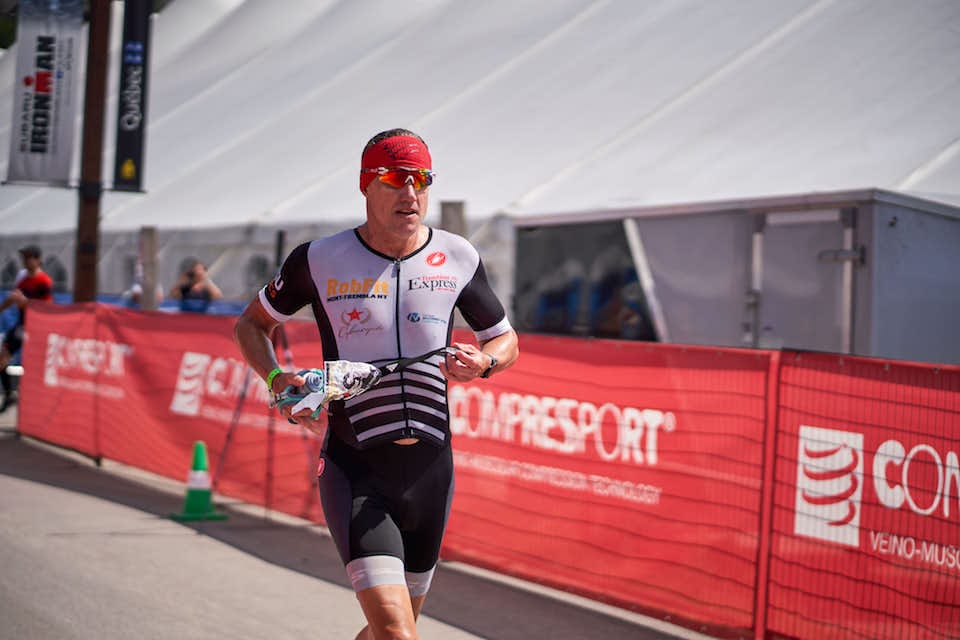
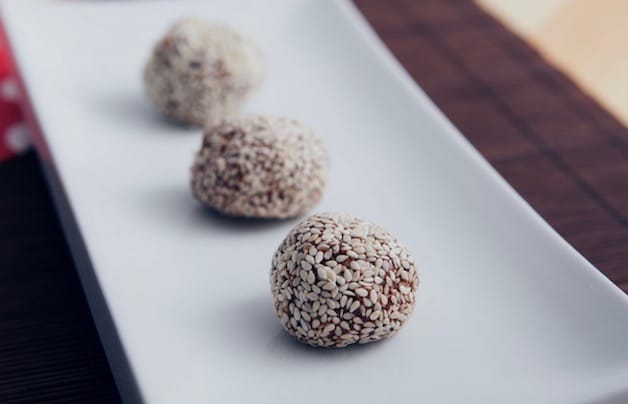

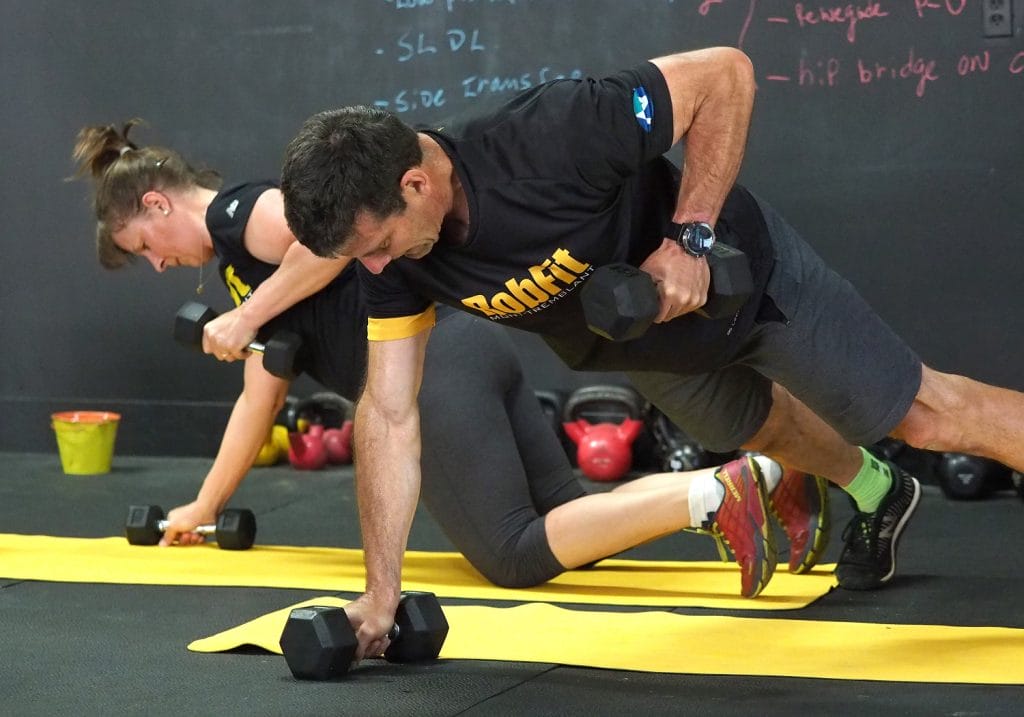
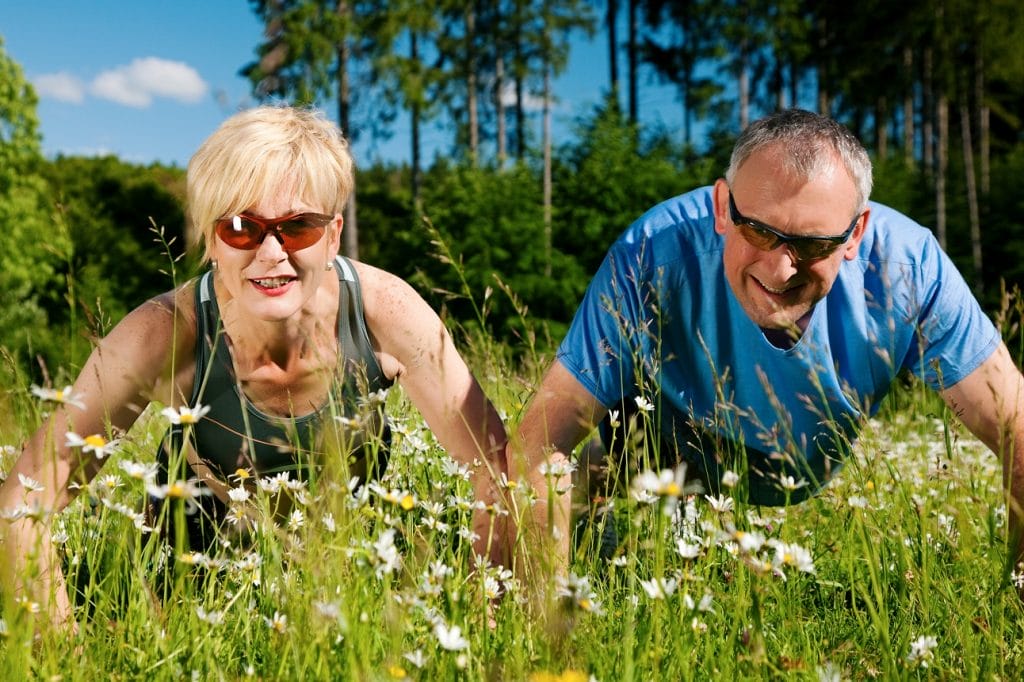
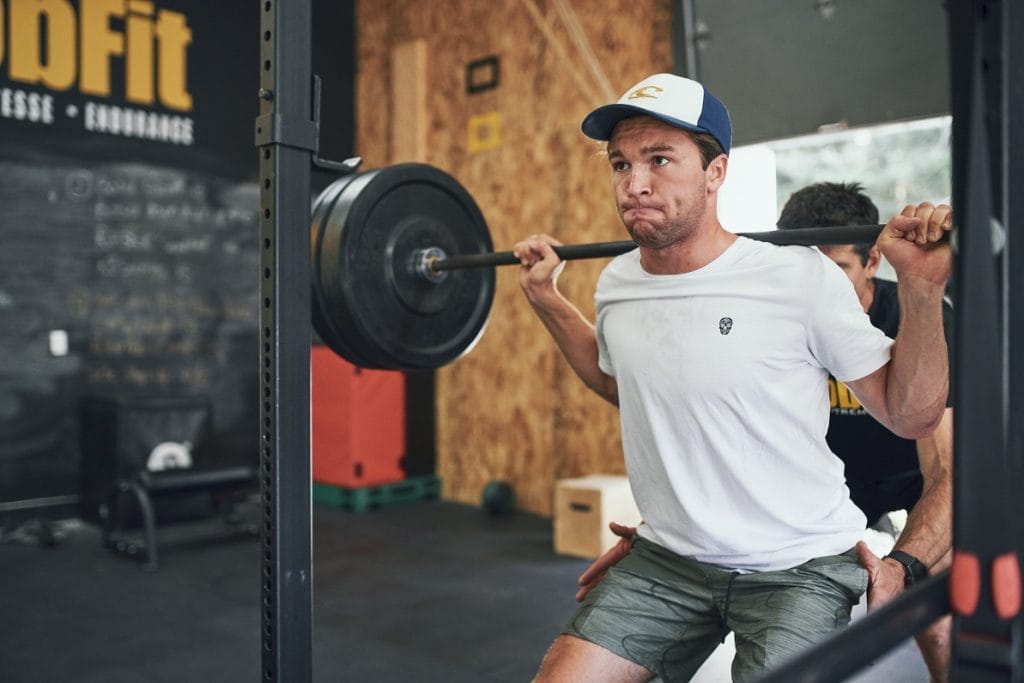
0 Comments